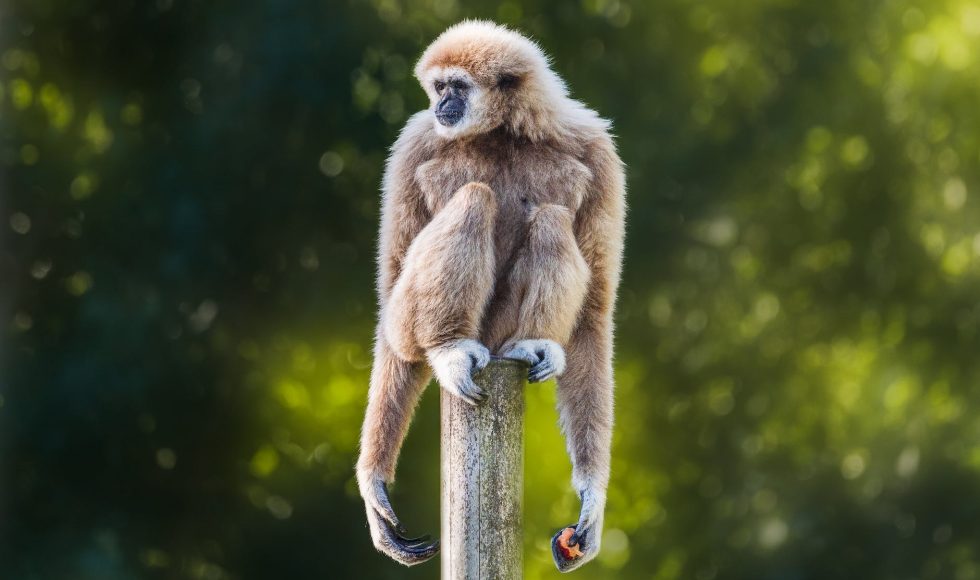Gabrielle Hartley from the University of Connecticut presented at London Calling 2023 a session entitled “Telomere-to-telomere nanopore-based genome assembly reveals genomic and epigenetic features of karyotype radiation.” Hartley is a Ph.D. candidate. They are using Nanopore-based sequencing to learn about chromosome evolution in primates. Hartley is focusing on gibbons, small endangered apes with 18-20 species representing four genera. Hartley noted that all species of Gibbons are endangered predominantly due to human intervention. Hartley said that gibbons have a significant amount of variation in centromeres, specialized regions of DNA that are epigenetically defined. Gibbons have a unique centromere protein A. Hartley is working on two near-complete gibbon assemblies using a combination of simplex, duplex, and ultra long reads with coverage ~80X. The Busco scores are >95%. The centromere of chromosome seventeen was found to include repeats that vary between the two gibbons. The organization of transposable elements seems to be conserved in apes. Nevertheless, there is species-specific arrays of repeats in the gibbons. The lineage-specific repeat organization is what Hartley and the McNeil lab are studying.



